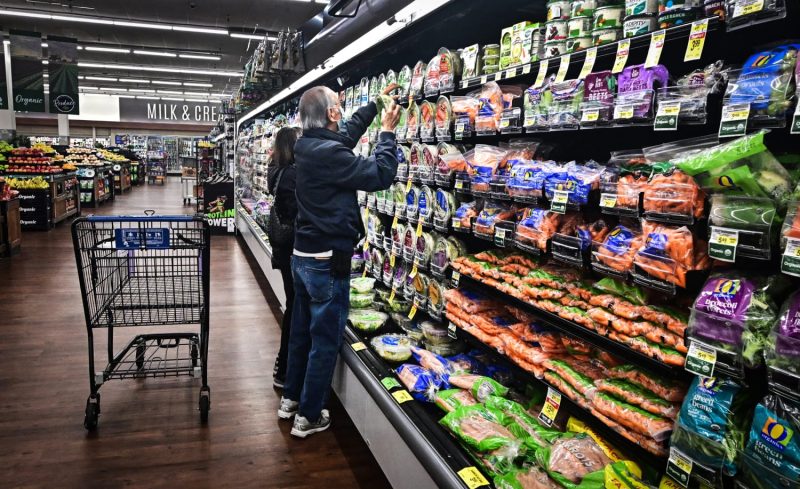The Economic Drivers of High Grocery Prices
The first aspect to understand is the reasons behind the soaring grocery prices, and primarily, it all boils down to some key economic forces. The supply and demand chain has been significantly affected due to various factors, causing grocery prices to rise. One of the main factors is the disruption caused by the pandemic. Global trade routes have taken a hit, affecting the supply of food and other goods, which in turn raises the cost for grocery items.
Increased production costs also play a key role. Higher costs for raw materials and energy lead to increased production costs for the goods we buy in grocery stores. For example, if the price of grain rises, this increases the cost of bread, resulting in higher prices for consumers. Similarly, increased labor costs also contribute to the rise in grocery prices. Most companies have to increase wages to attract workers in the current labor market. The cost of these wage increases can eventually be passed on to the consumers in terms of higher prices for goods.
Inflation is another critical factor behind the rise in grocery prices. It is not unnatural for prices of goods and services to increase over time, popularly known as inflation. Monetary policies, governmental actions, and economic conditions directly impact the rate of inflation, and higher inflation often means an increase in grocery prices.
Ways Consumers May Start Seeing Relief
Despite the current trends, consumers look forward to potential relief from sky-high grocery prices. Understanding these potential relief sources is crucial in navigating these challenging market conditions.
One of the significant ways consumers may start to see relief is through increased supply chain resiliency. Governments and companies are working hard to mend and bolster the global trade routes, which could smooth out supply chain kinks that raise prices. As these efforts take hold, consumers may begin to see decreased prices over time as goods flow more readily across borders and supply meets demand more efficiently.
Advancements in agricultural technology also promise positive price impacts. The implementation of more efficient farming practices and the use of modern technology can lower the cost of production, leading to lower prices for those goods in grocery stores.
Another avenue for possible relief comes directly from grocery retailers who are starting to react to customer pushback against high prices. Retailers are utilizing varying strategies to draw in customers, from offering more store brand options to implementing customer reward programs and price-matching guarantees.
Moreover, as the labor market stabilizes post-pandemic, the wages might eventually be adjusted to more sustainable levels, which can help slow down the rate of increase in grocery prices.
Consumers themselves can also play a role in finding relief from high grocery prices. By shopping smarter, utilizing coupons, buying in bulk, and consuming seasonal products can go a long way in managing excessive grocery expenses.
With all these potential relief points, it is important to remember that the state of grocery prices is influenced by many dynamic and interrelated factors. While some aspects are more under consumers’ control than others, by understanding the reasons behind the high prices and potential relief sources, consumers can make informed decisions to help mitigate the impact on their wallets.




